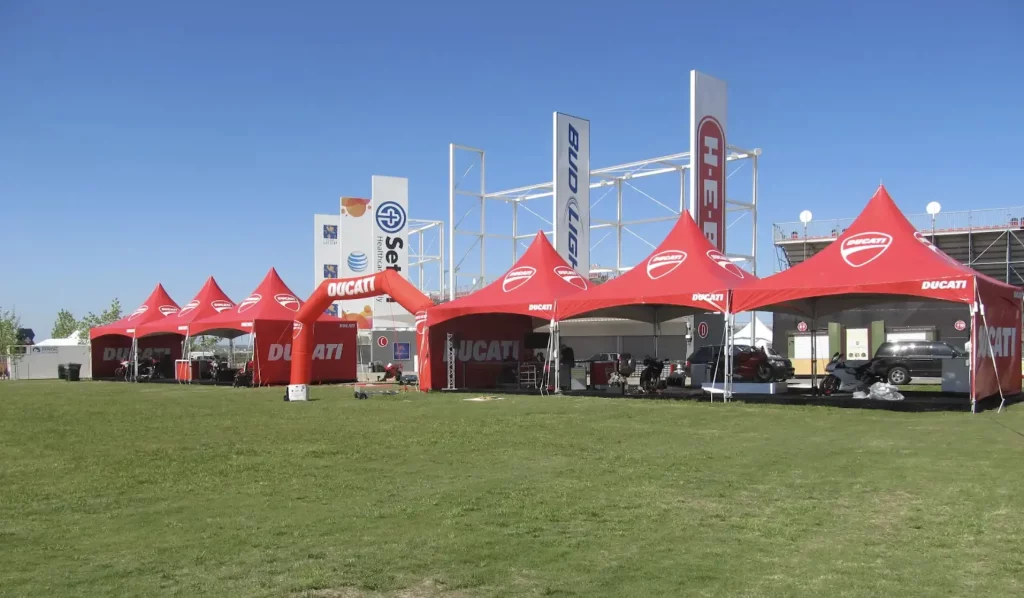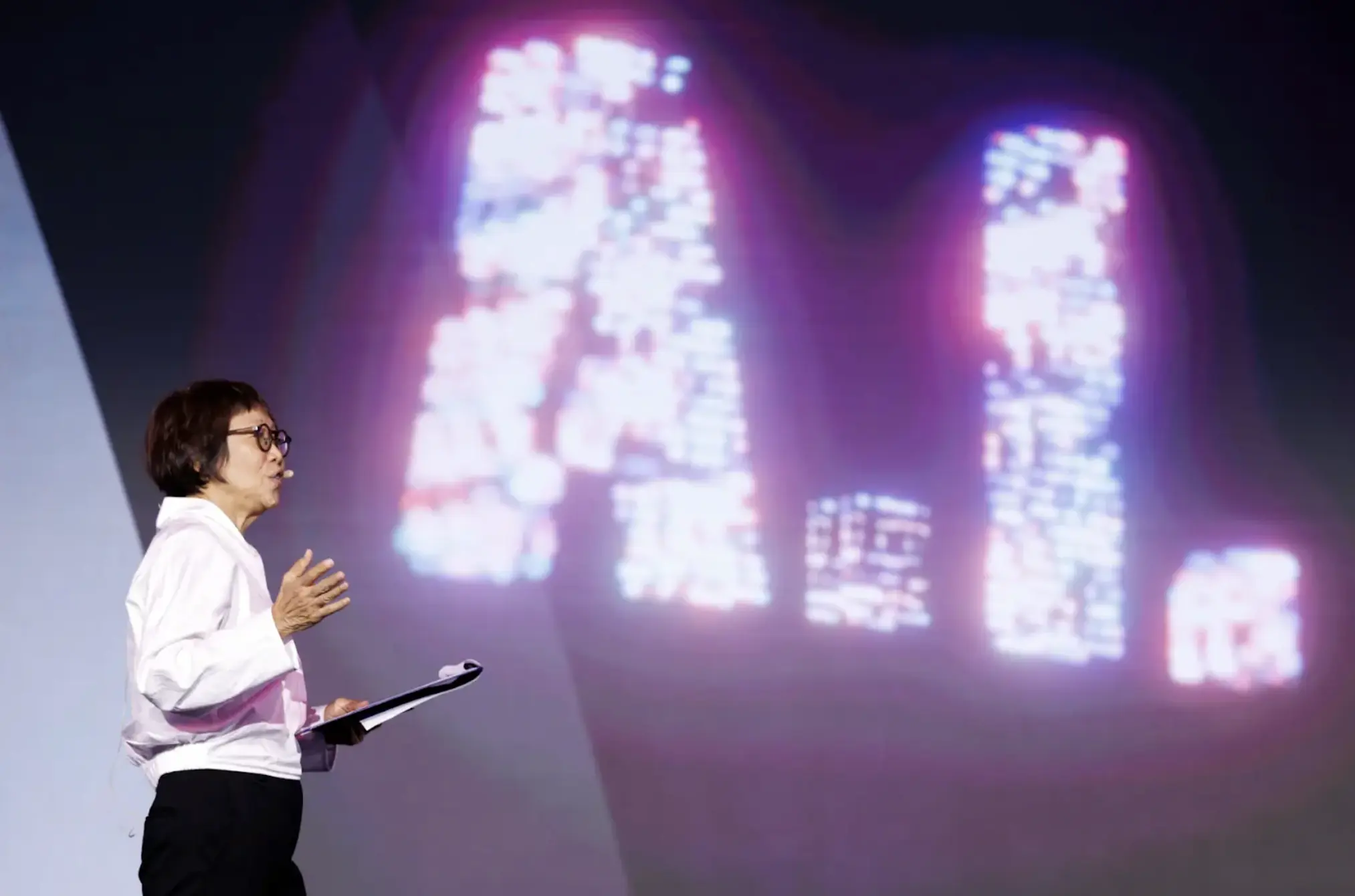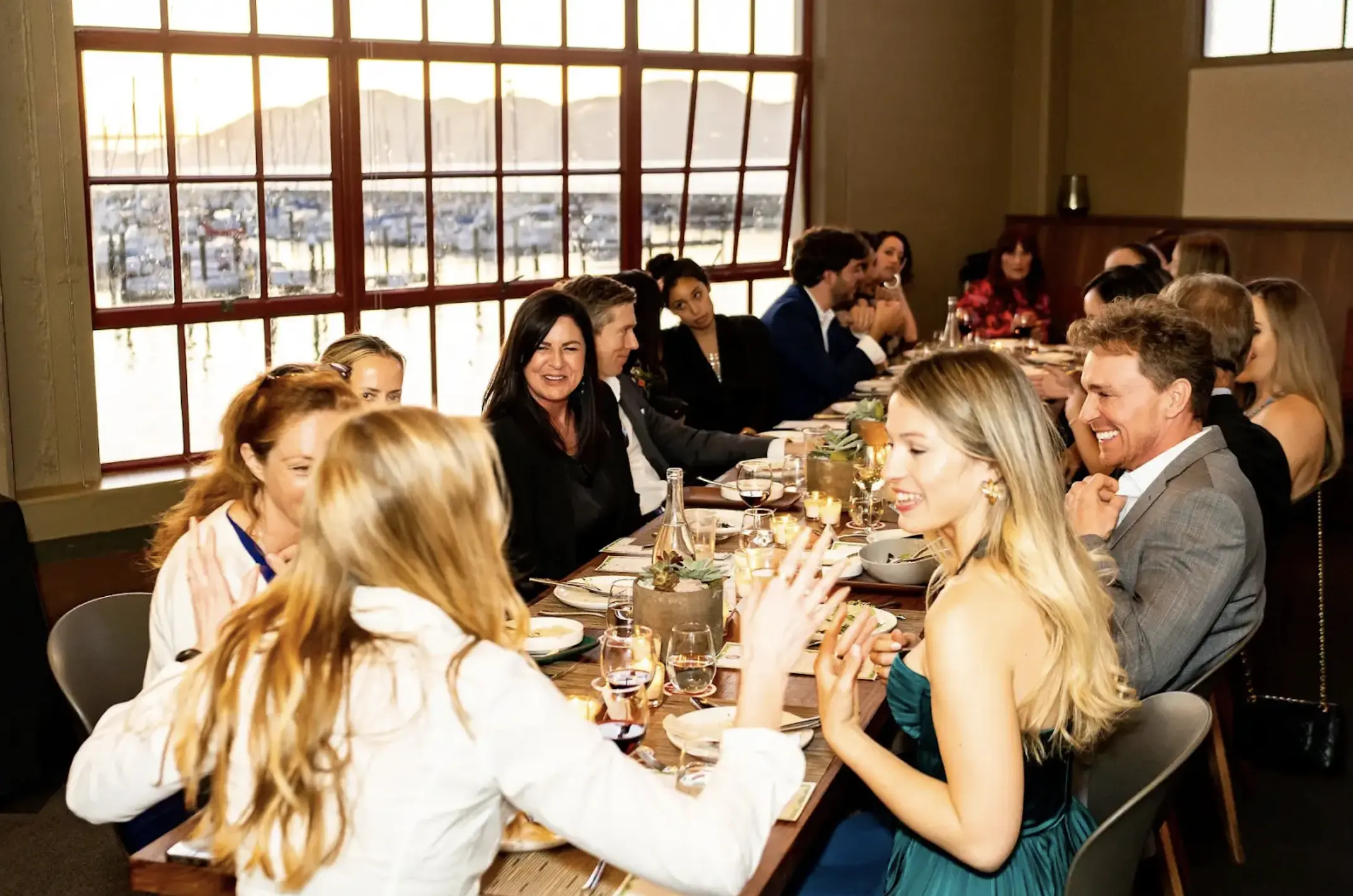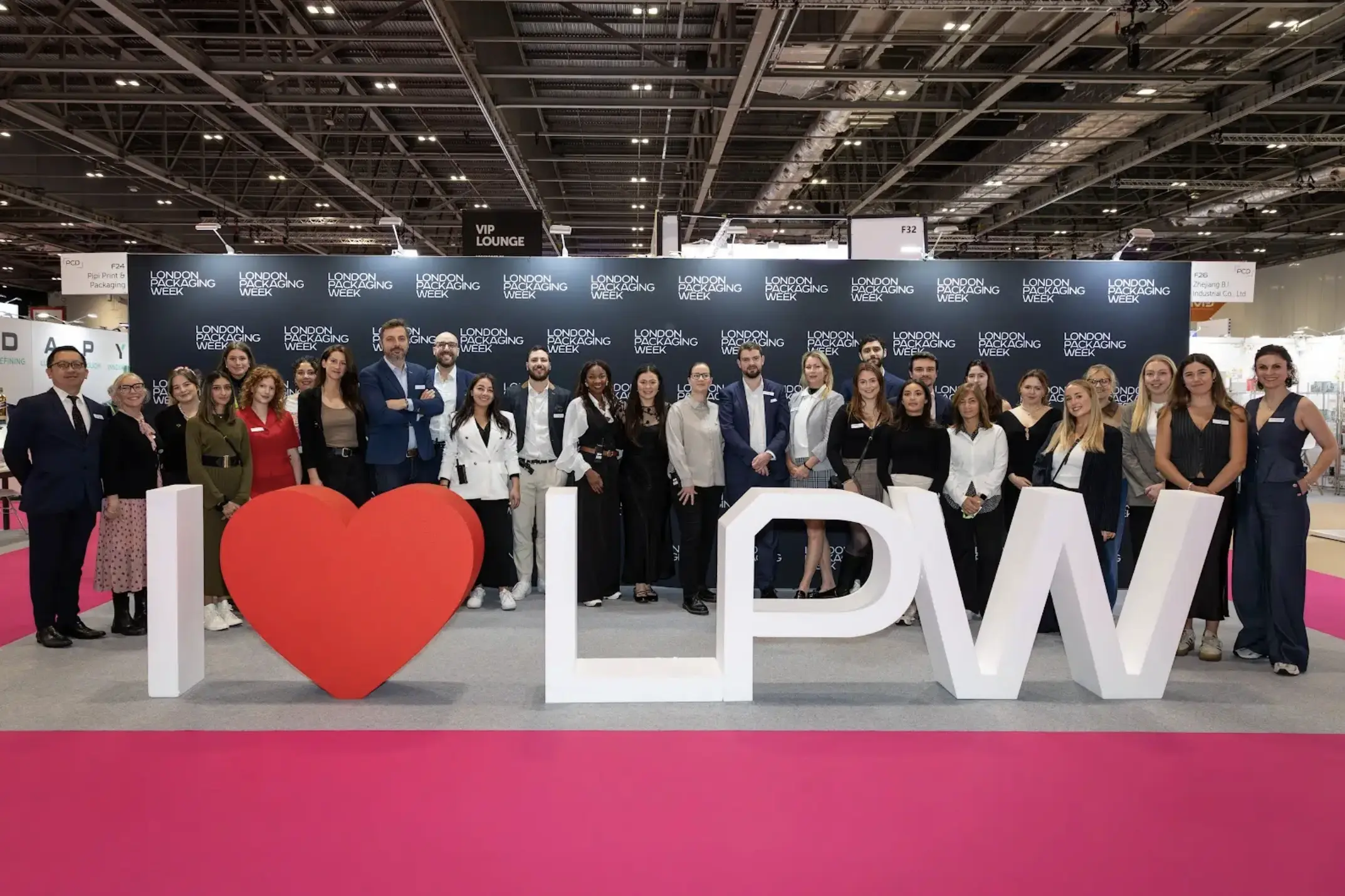Taking an “asset-light” mindset in the events world has become as much a financial strategy as an operational one. Upfront costs are lower, logistics are simpler, and owned assets—like stages, furniture, lighting rigs or tents—inevitably depreciate over time.
But when TentCraft President and CEO Matt Bulloch founded his company 17 years ago, he couldn’t imagine a world where organizations didn’t want to own.
“I have always said ‘no’ to renting our products for reasons that made a lot of sense to me at the time,” Bulloch recalled of TentCraft’s early years. “I was afraid that the logistics would be a nightmare, that the costs would be too high [and] I wasn’t sure if the demand was there,” he said.
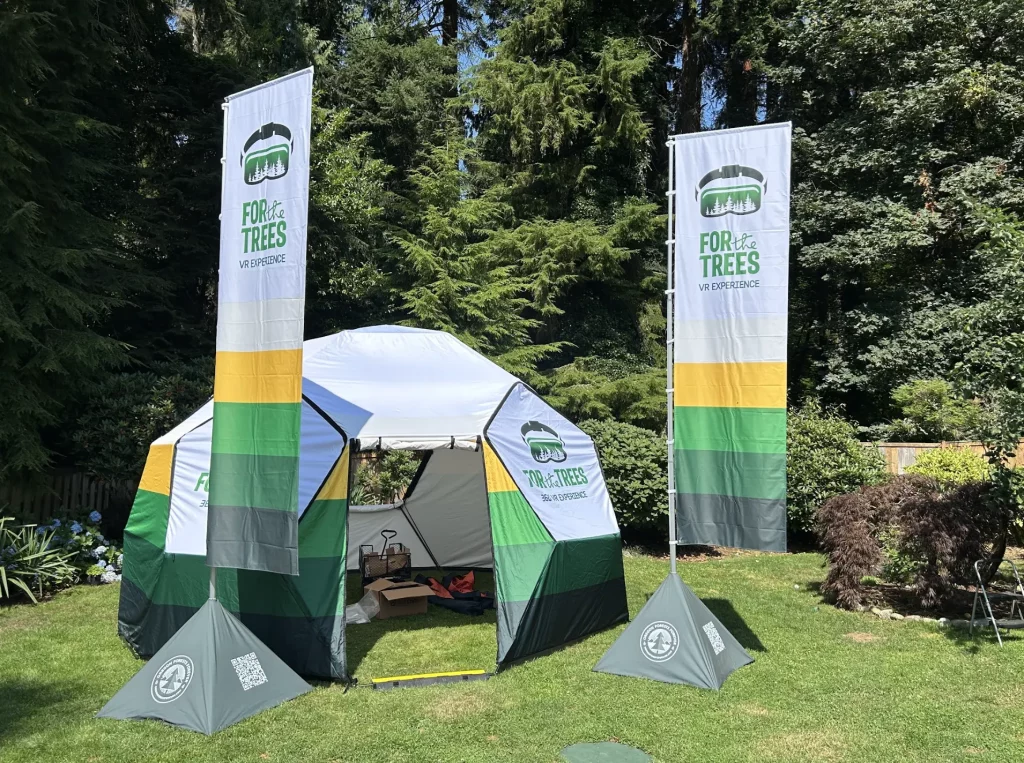
Fast forward to 2025 and the landscape has changed dramatically. Event budgets are tightening even as costs continue to rise. According to Forrester Research published over the summer, 69% of B2B event leaders say their budgets for events are flat or decreasing in 2025 (38% flat, 31% decreasing) even as event costs continue to rise.
“Event costs have gone up 40% to 50% since the pandemic, and so even though my budget is flat, I can’t do the same as I could,” one global event director told Marketing Week, which earlier reported on Forrester’s Global State of B2B Events 2025 report. That same director noted that a Las Vegas venue recently charged $95 for a gallon of coffee. It was just $35 a couple years ago.
In short, the modern event professional is expected to do more with less. As a result, “we decided now is the time to launch a new rental service program,” Bulloch said. “I got out of the way and let them run some tests and prototype what this rental program could look like.”
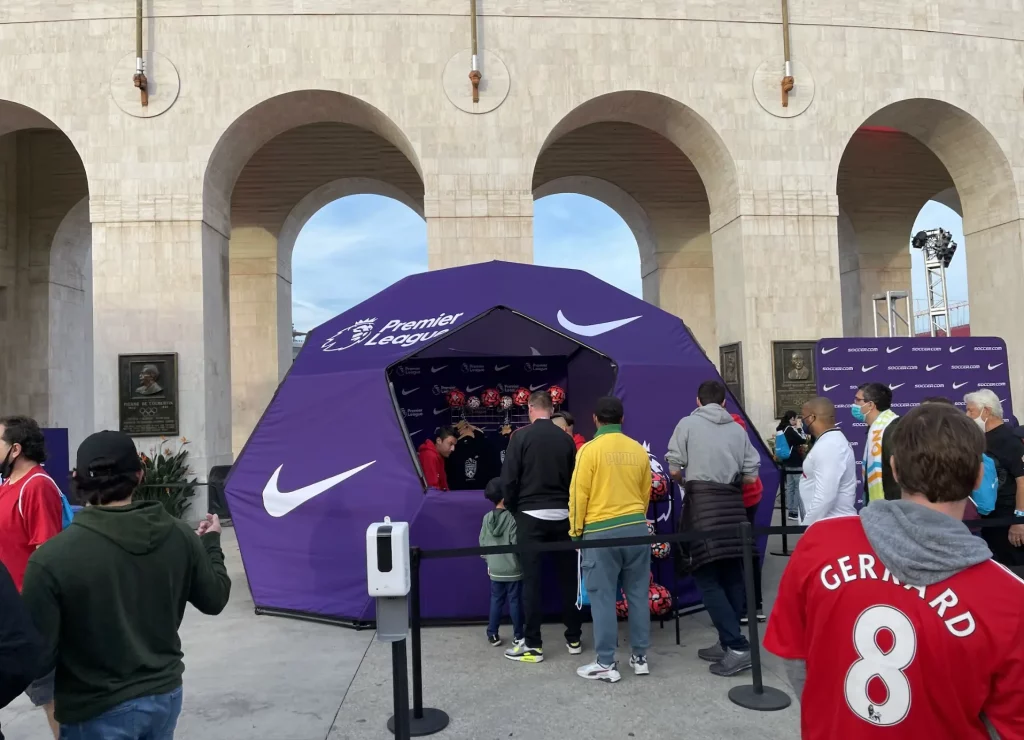
TentCraft has been piloting a rental program throughout the course of the past year, but officially launched on Oct. 15.
The new rental model works like this: customers rent the tent hardware but purchase their own branded graphics. Available inventory includes truss structures, event domes and TentCraft’s e-series frame tents—all of which can be customized to fit an event’s footprint or design needs.
Organizers start by submitting a quote request on TentCraft’s website. “Pricing for the rented hardware will be 30% less than our purchase price,” Bulloch promised, though custom-branded elements are sold at the normal retail price.
For example, a 10-by-10-foot e-series frame tent typically sells for just over $4,000. Renting the same structure—hardware plus purchased graphics—strats around $3,500, excluding shipping and taxes. Standard rentals cover a 30-day period, with extended rental periods available at an additional cost.
TentCraft’s in-house design team helps planners create and proof their branded graphics before final approval and order placement.
Among the earliest adopters was golf simulator company Full Swing, which rented a 70-by-70-foot setup for its booth at the PGA Show. The custom structure featured branded signage and enough space for seven golf bays to demo its product, complete with supported lighting and AV integrations.
TentCraft handles shipping and delivery logistics, requiring only that the customer be on-site for drop-off, and have either a forklift or loading dock available, since the rental hardware arrives in large wooden crates. As part of the rental program, the company also offers optional setup and teardown services. Though it’s “absolutely not required,” per Bulloch, it’s convenient for teams that prefer turnkey support. And when included, TentCraft manages return shipping directly from the event site.
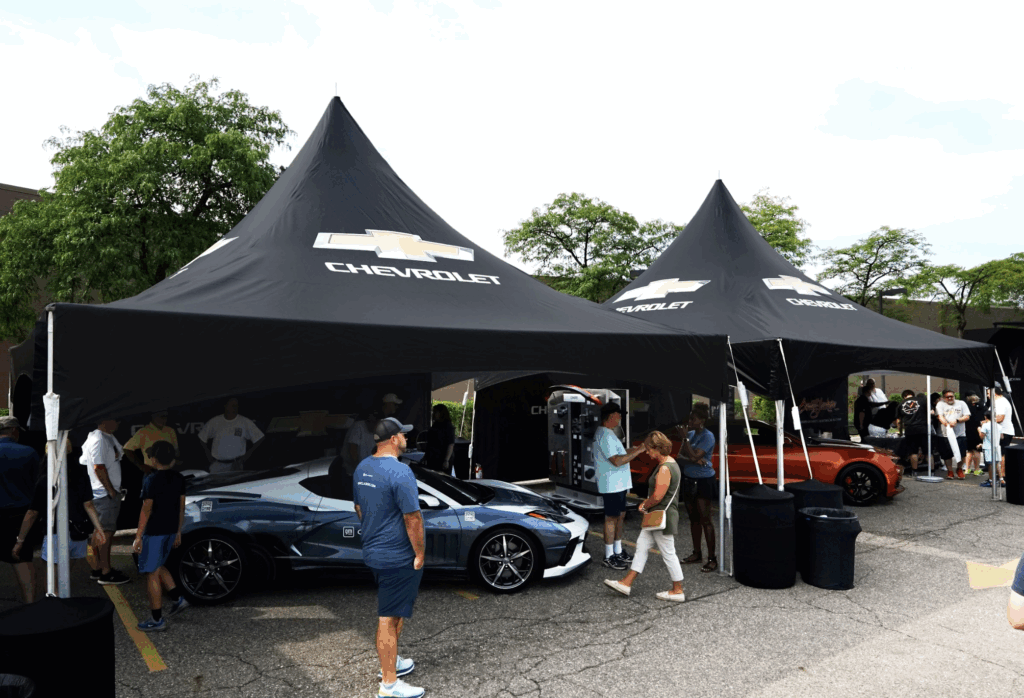
As a rental program, it’s only natural that sustainability is built in. “The hardware used in our rental inventory will continue to be used for many years, and is all built with aluminum which has 70% recycled inputs in our extrusion,” Bulloch explained. TentCraft has always prioritized using aluminum “for its light-weight durability and endless recyclability,” he noted.
As for the softgoods, TentCraft has a long-running partnership with Priorlife, a sustainable bag company, that upcycles retired tent materials into eco-friendly storage bags.
As for the custom elements purchased by the client, the goal is longevity. “Our hope is that the customer is able to reuse their graphics and signage for multiple events to come,” Bulloch said.
This isn’t the final iteration of the rental program, Bulloch assured. “As our rental fleet continues to grow, we have future plans to stand up a certified pre-owned program where customers will be able to purchase refurbished structures from us,” he teased, noting that an official launch date has yet to be announced.
